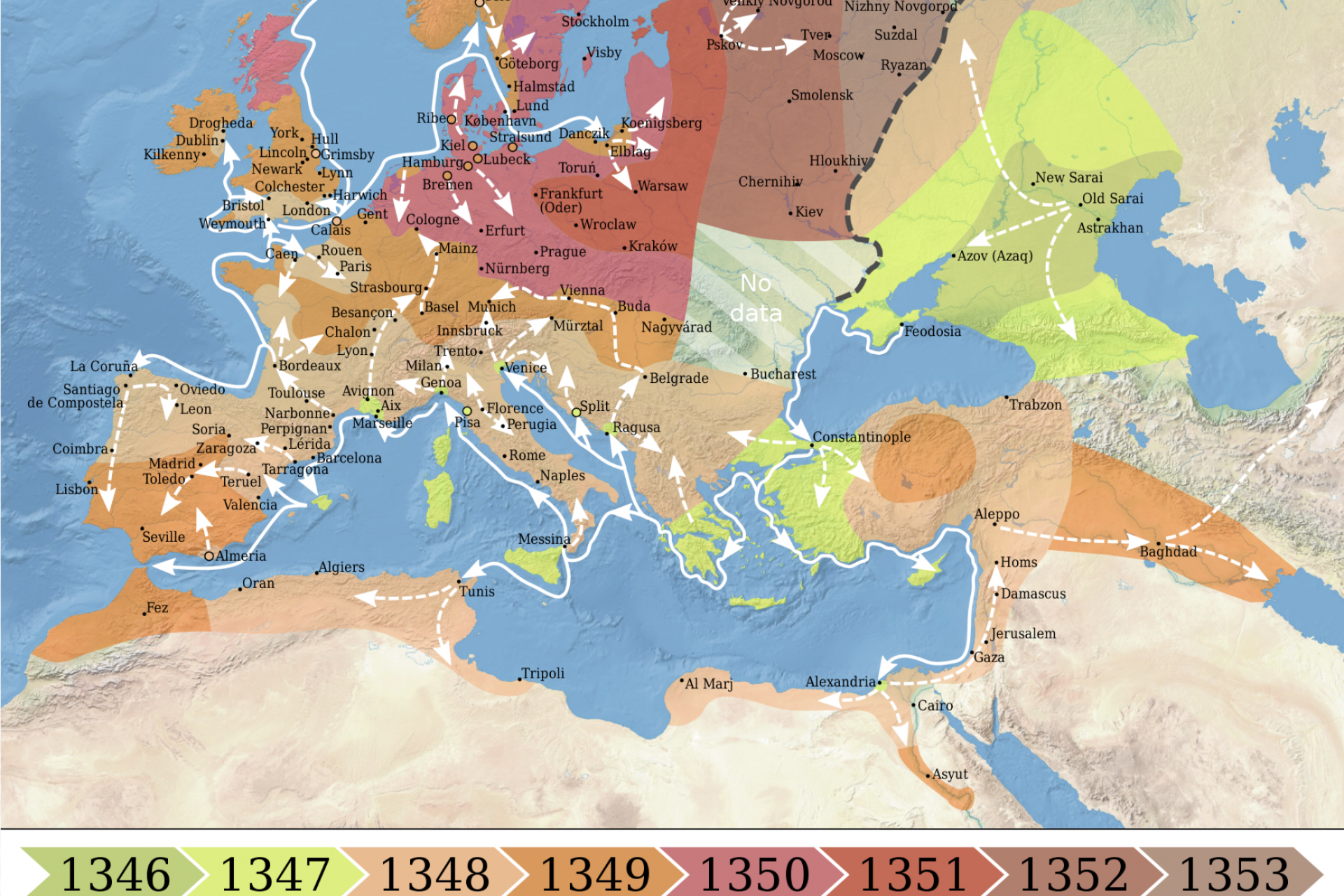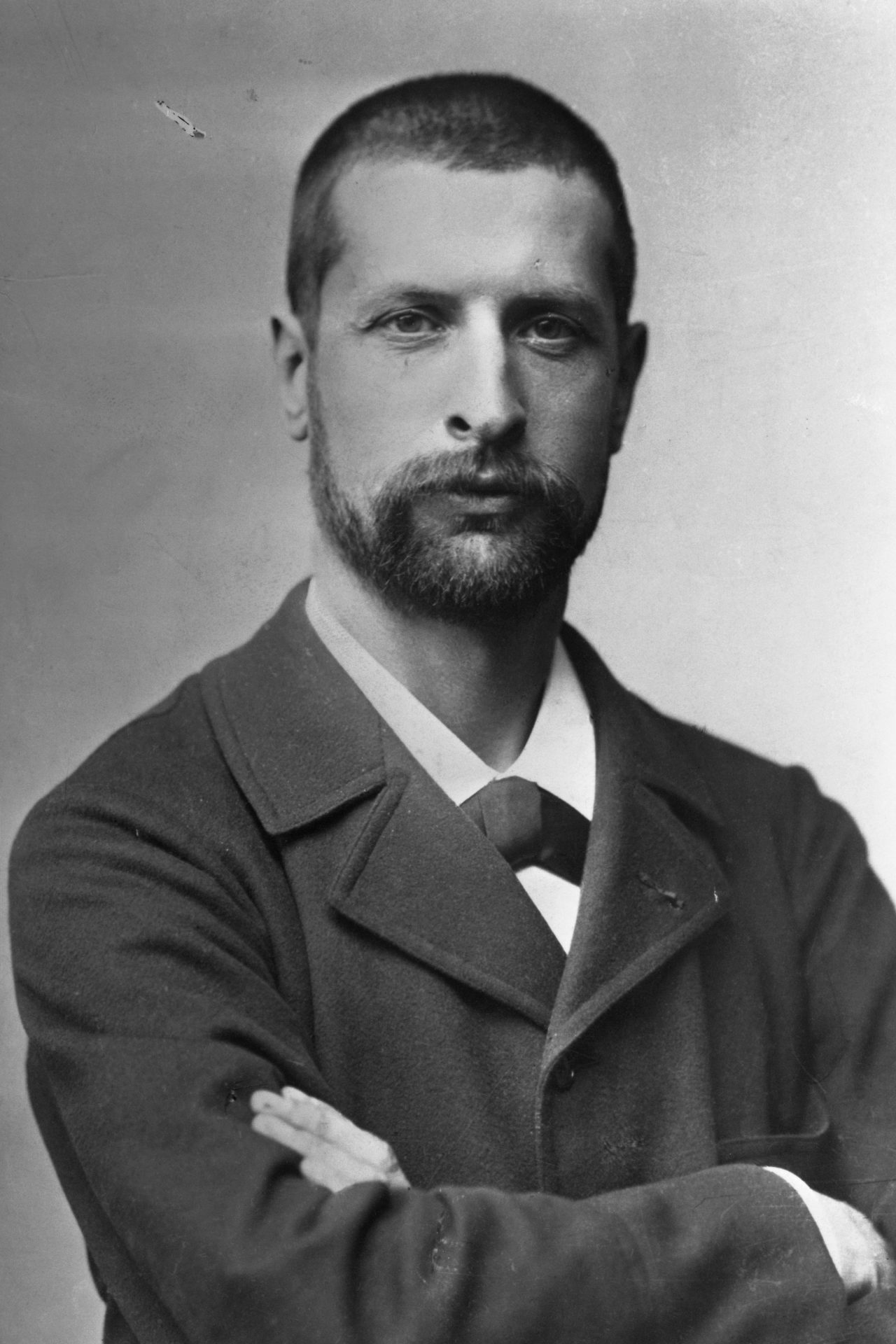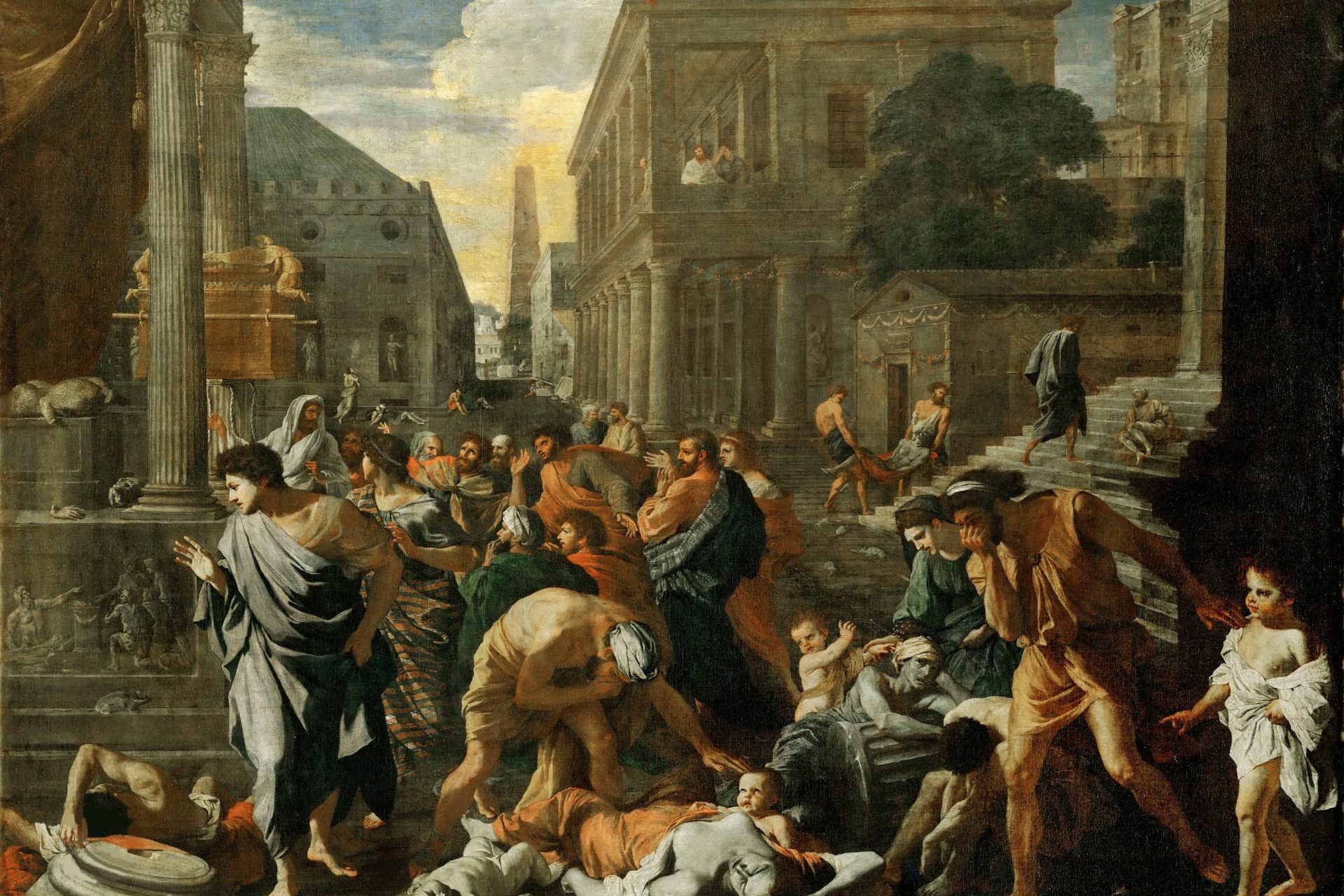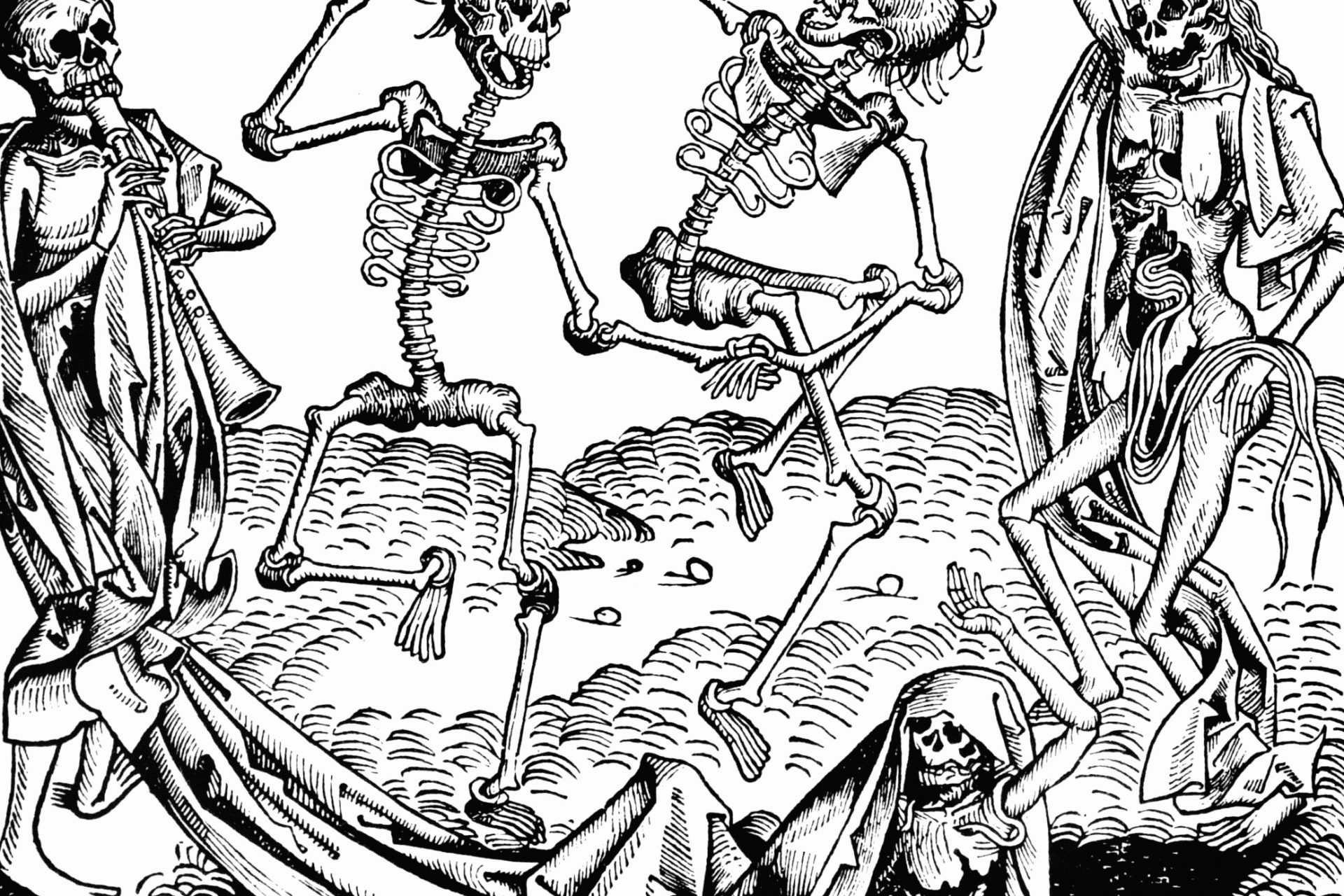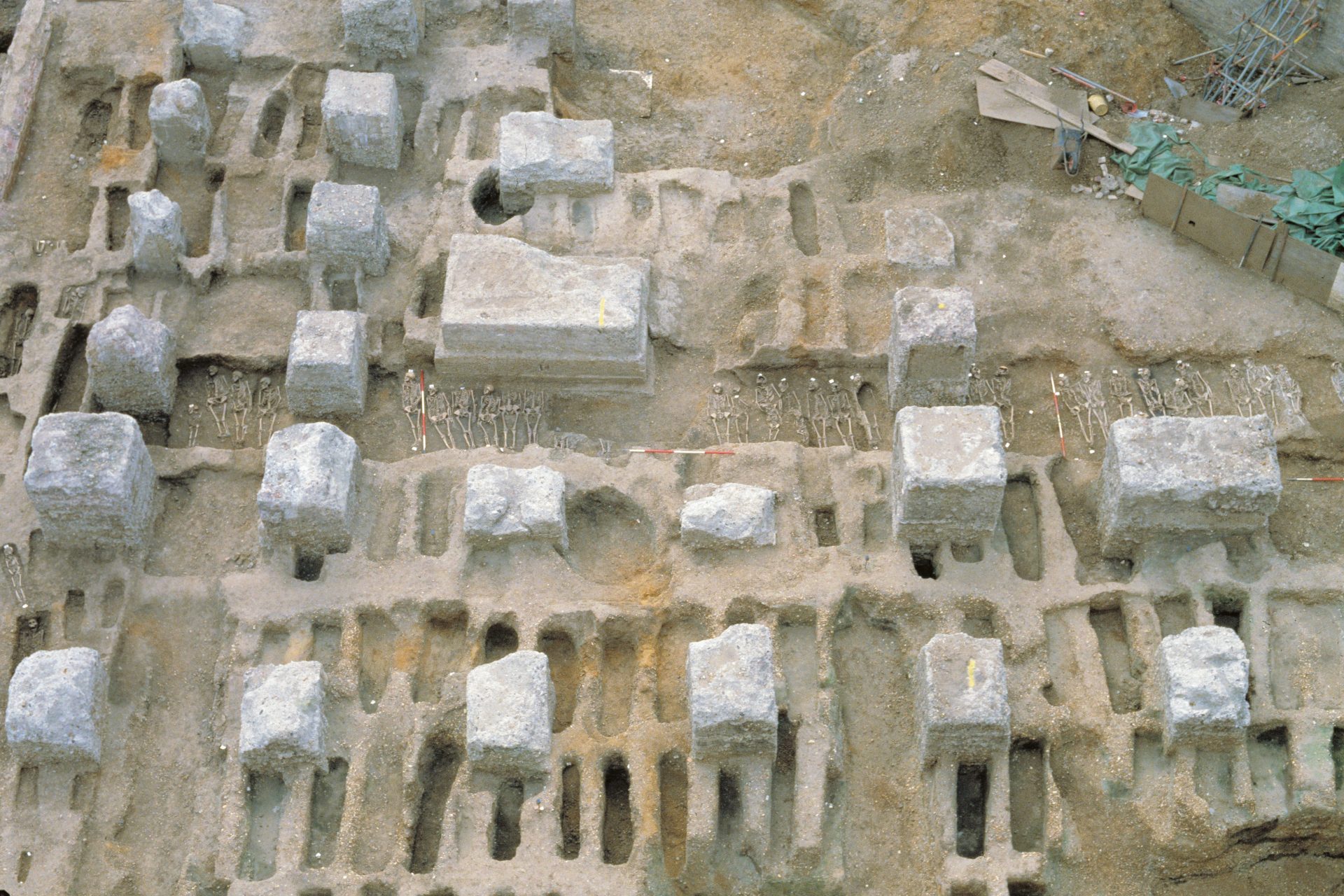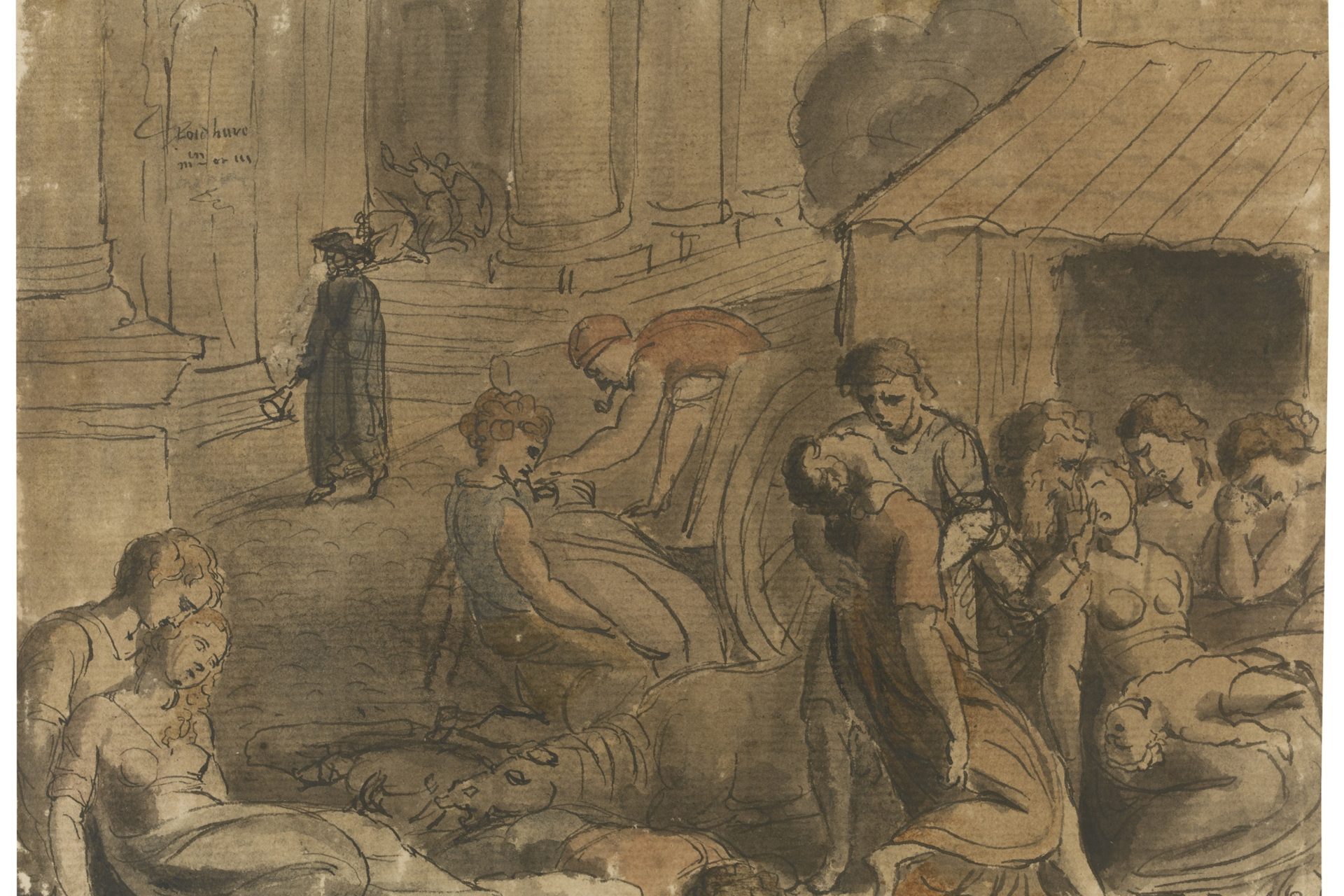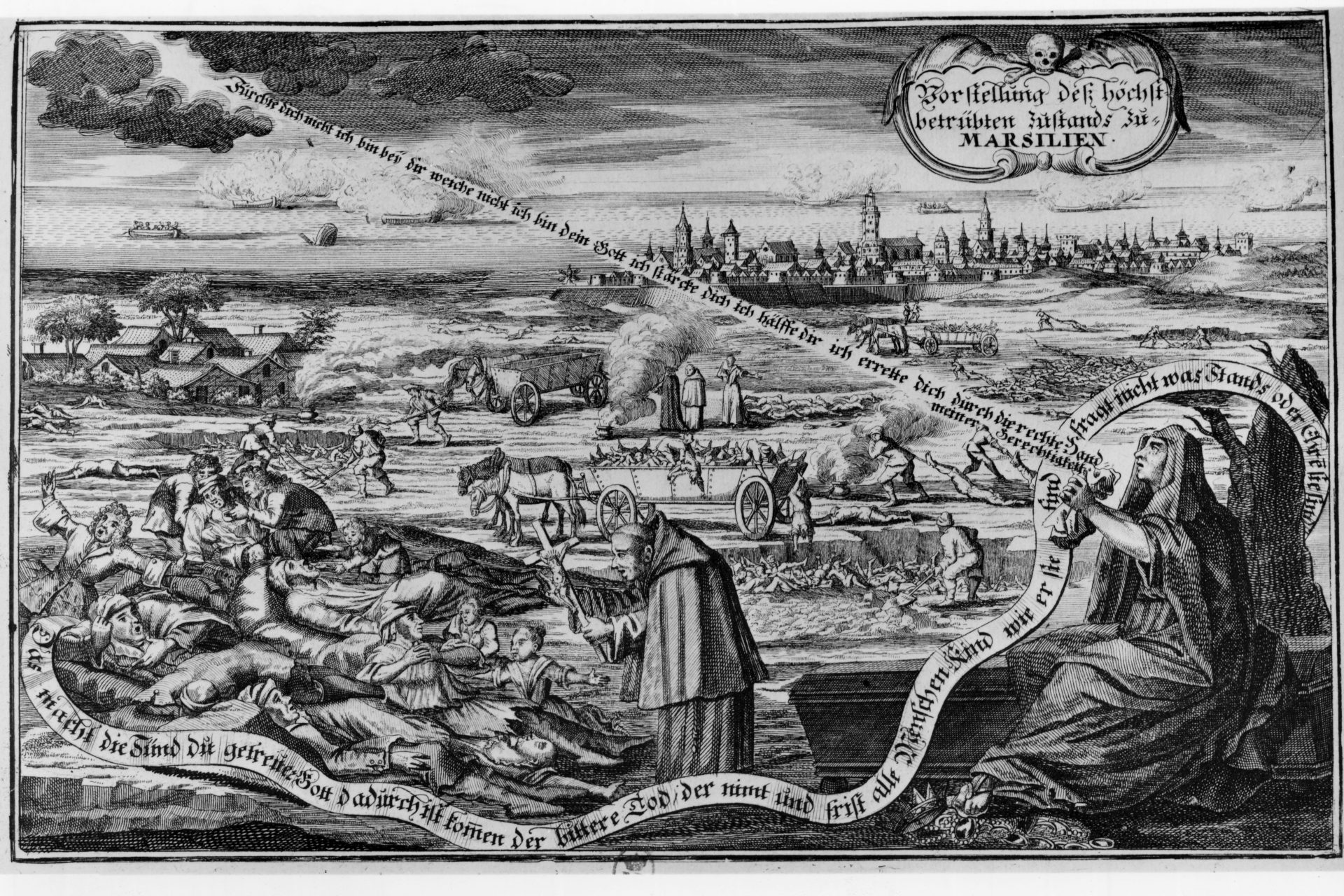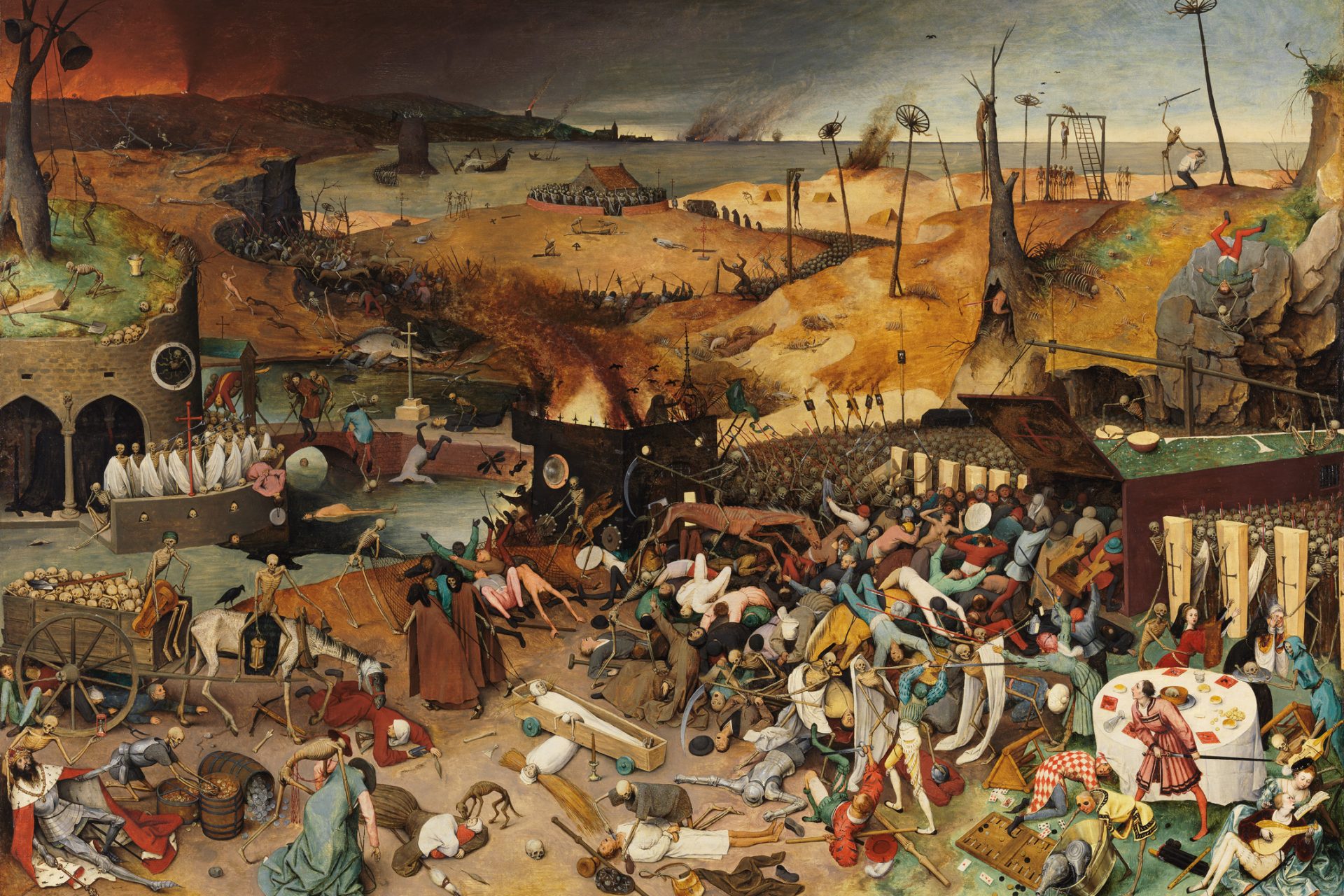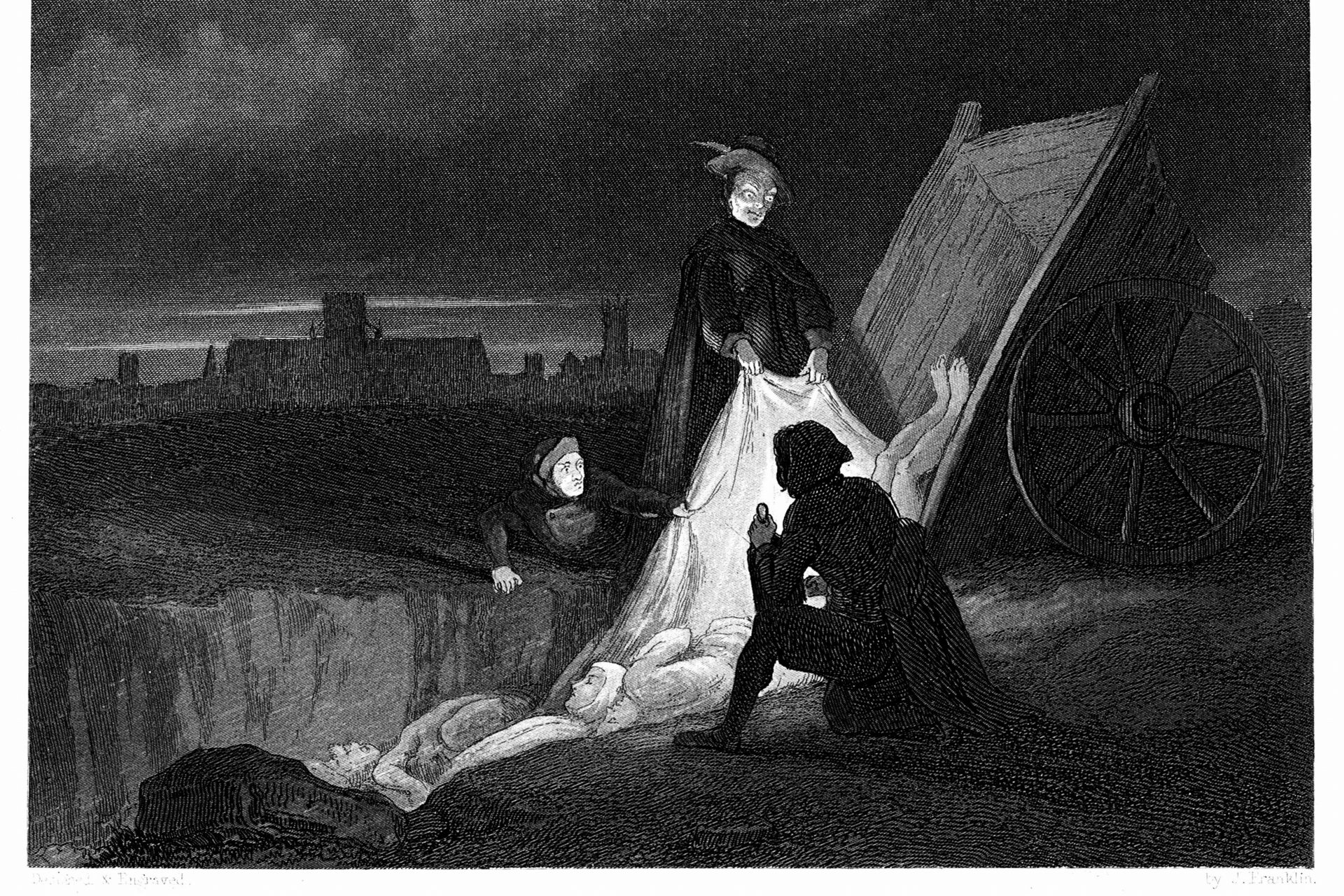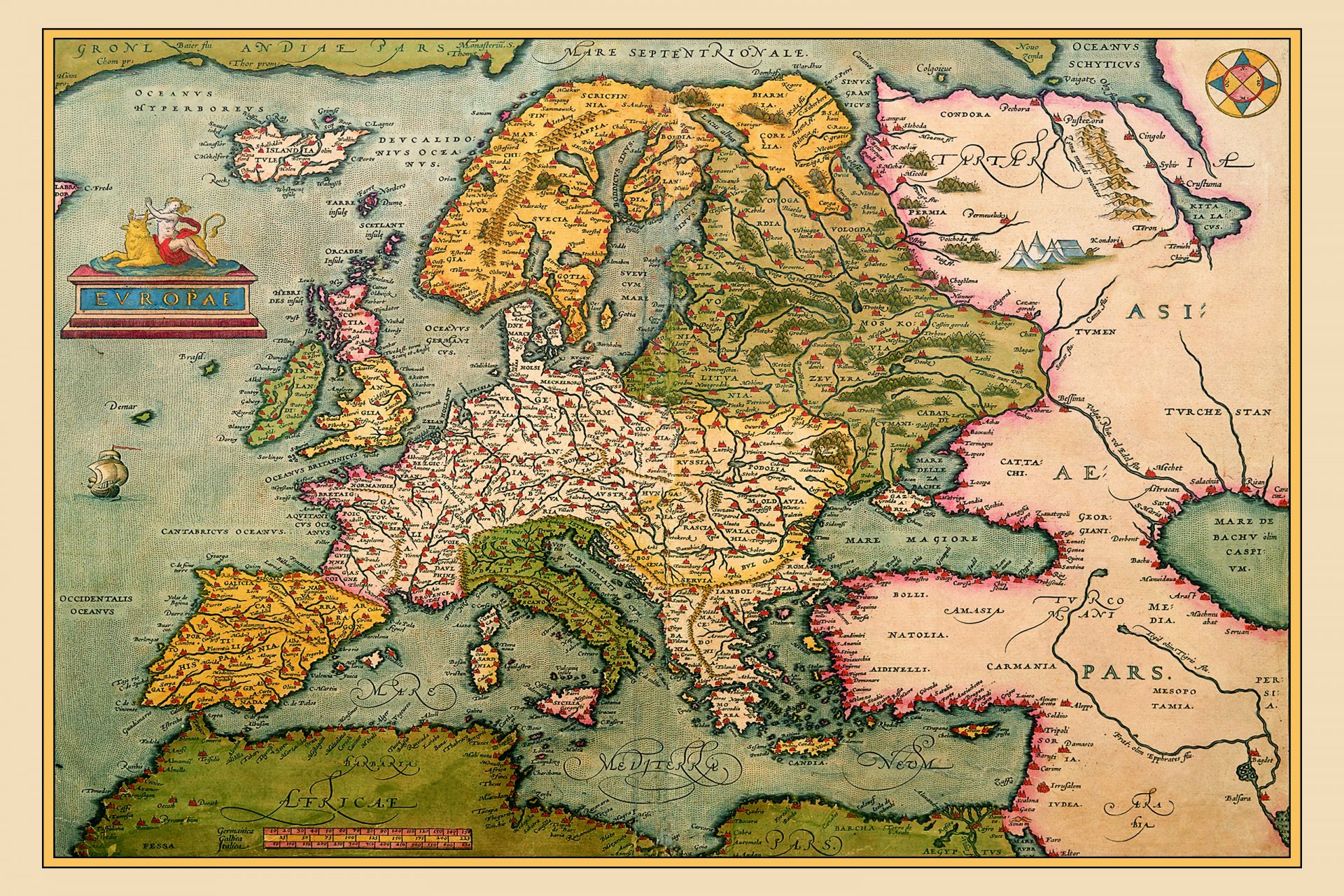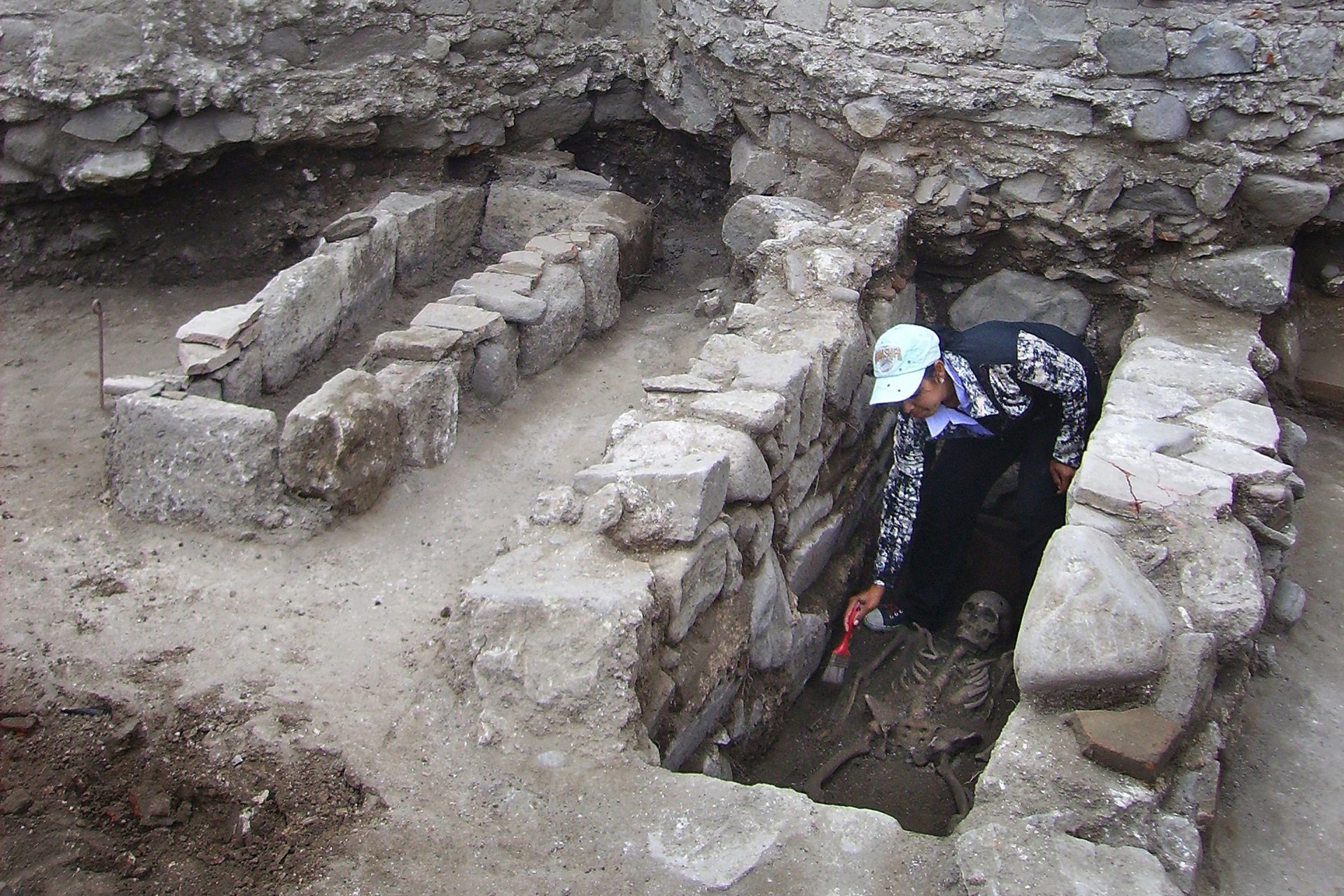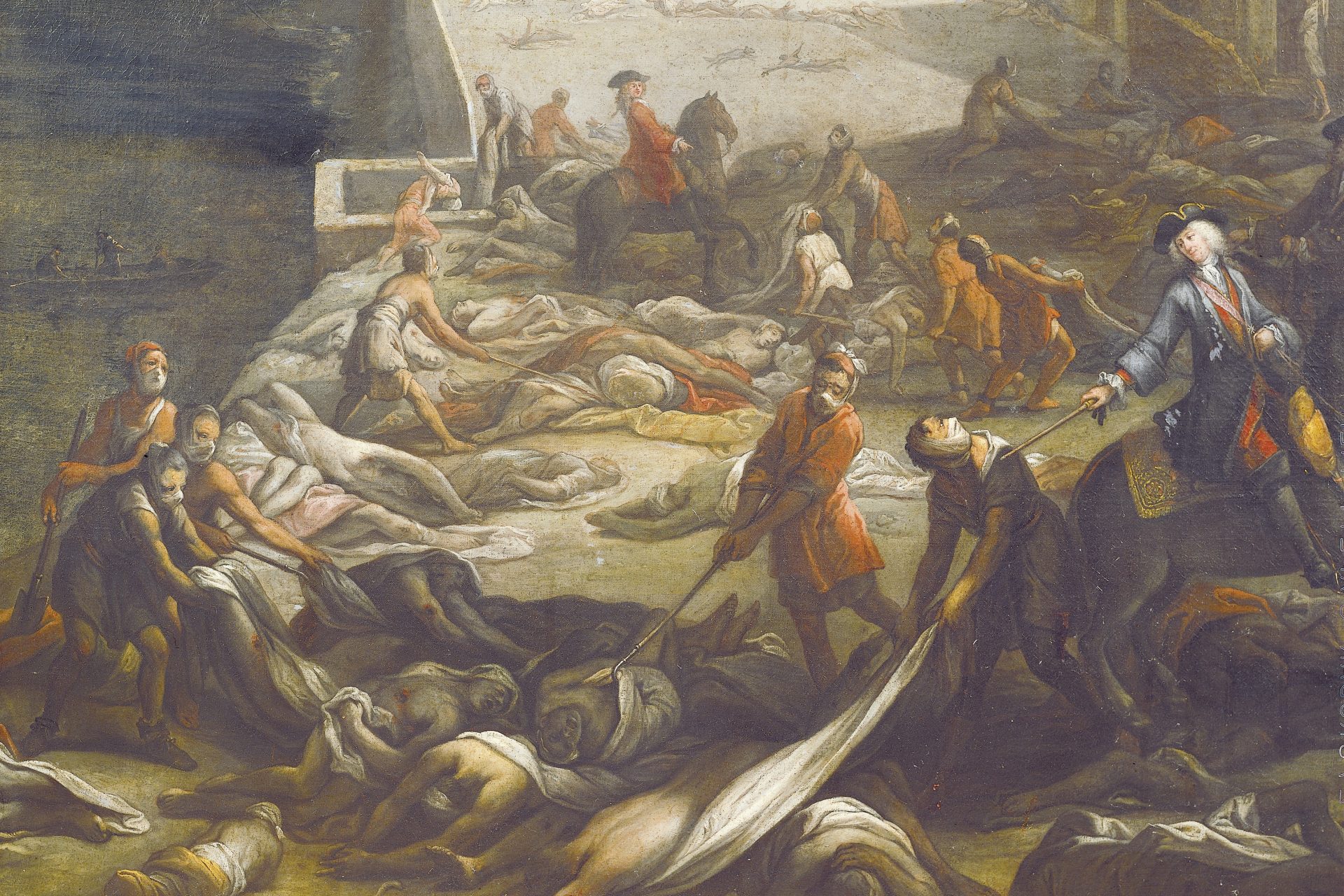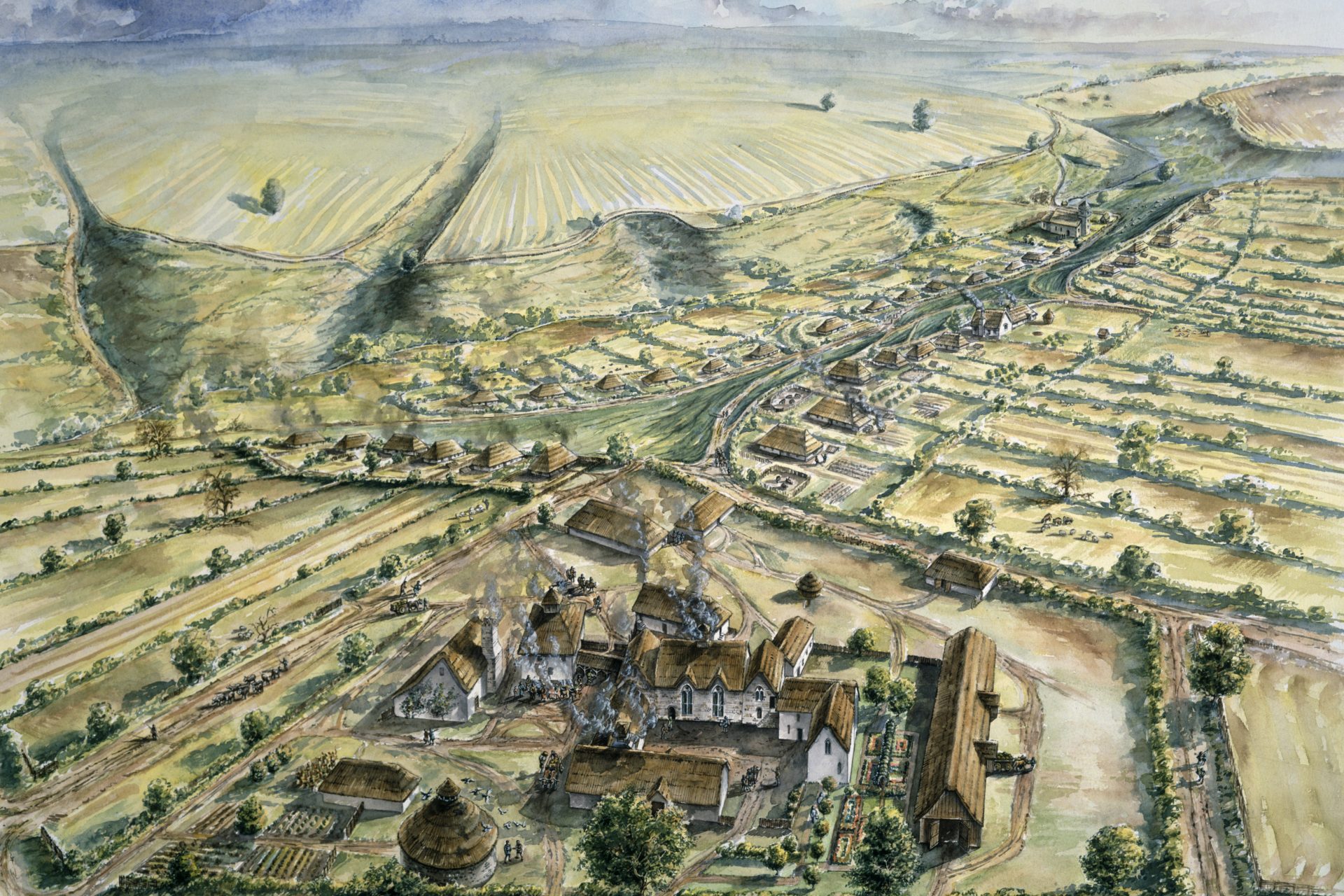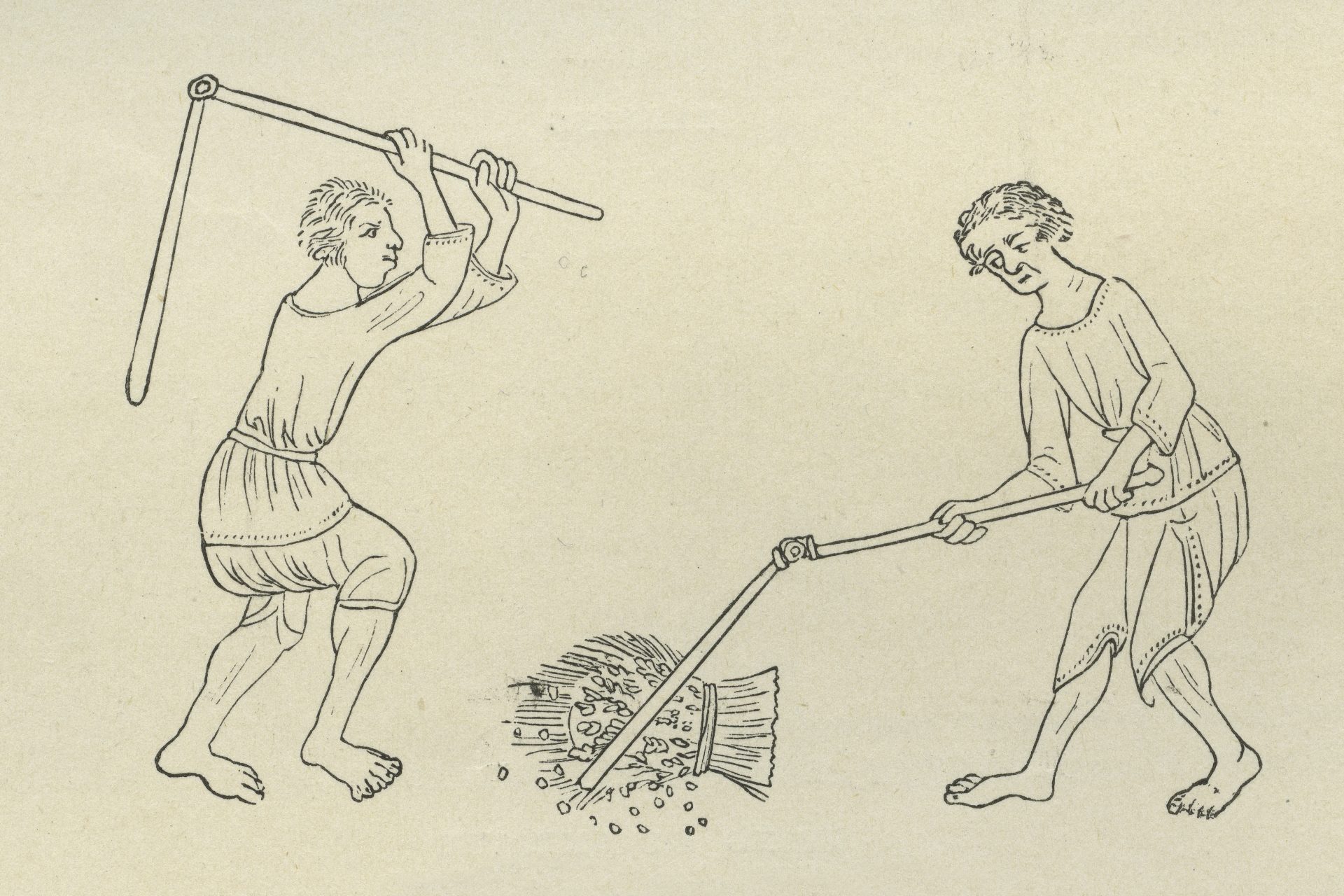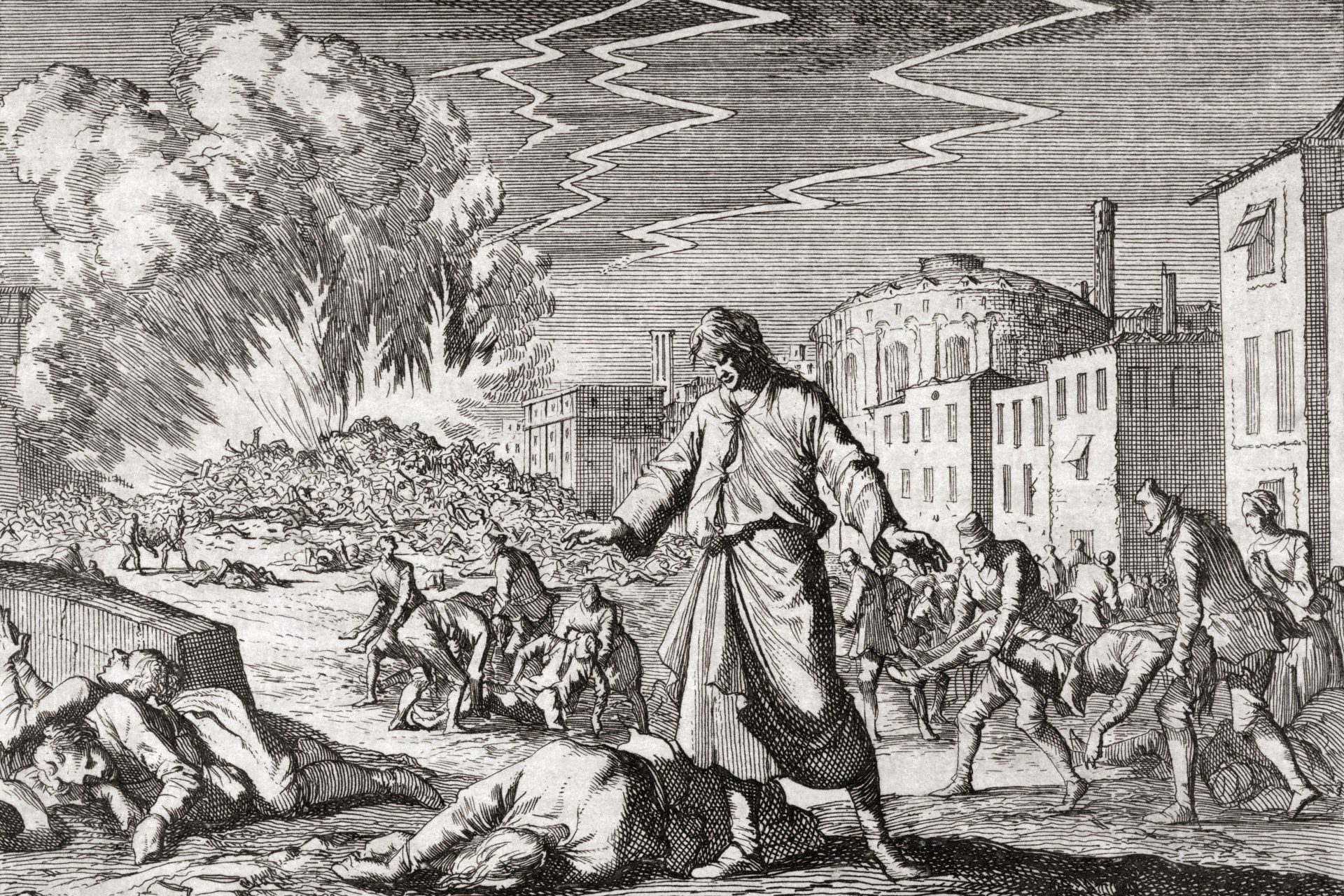Do we really know how many people died during the Black Death?
The Black Death is thought by many to be the most devastating pandemic that humanity has ever had to endure. But how many people really died because of this nasty plague?
If you’ve never heard about the Black Death then a little explanation is in order, it was a bubonic plague pandemic that affected most of the known world in the mid-14th century.
Photo Credit: Wiki Commons By Flappiefh
What caused the Black Death was mired in mystery for centuries until a French biologist by the name of Alexandre Yersin figured out it was the result of a dangerous bacterium.
Today that dangerous bacterium is known as Yersinia pestis after the man who discovered it, and it's this dangerous bug that is allegedly responsible for the deaths of hundreds of millions.
A quick internet search would reveal just how deadly the Black Death was, and the first results almost always pull up figures stating that somewhere between 75 to 200 million people died from the Black Death in the 14th century.
Unfortunately, the numbers the world relies on may not be as reliable as we would like according to The Medievalist, which pointed out that the often quoted figures seen on the internet may be wrong.
By Michael Wolgemut
The Medievalist noted that researchers and historians have a lot of studies of various regions and a variety of primary sources describing death tolls, but this evidence can contradict itself at times.
For example, London is thought to have had a death rate of 60% but there is evidence from a letter written by the alderman of city in 1357 that stated a pestilence killed “one-third” of the city's inhabitants.
Instead of quoting hard figures, other historians and researchers prefer to put the Black Death's casualty figures in a percentage. Anthropologist Pat Lee Shipman wrote in the American Scientist, for instance, that the plague might have killed 30 to 50 percent of Europe’s population in her review of the deadly plague.
Europe has often been the center of attempts to count the number of people killed during the Black Death because of the relative ease of archeological and historical evidence.
Historians generally know how many people were living in the cities of some European states and that has given them a good idea of how many people may have been killed.
By Pieter Brueghel the Elder
Take for example the work of Norwegian historian Ole Benedictow, a leading expert on the plague who noted 65% of Europeans were killed according to the New York Times.
Judging the accuracy of Pat Lee Shipman or Ole Benedictow’s claims is difficult since knowing the total population numbers of Europe is nearly impossible. But some clever historians found another way to understand how the Black Death affected European population levels.
Instead of trying to calculate deaths by quantifying them, a group of historians opted to look at the archeological data in order to draw their conclusions about the Black Death.
The historians used pollen markers as a way to judge agricultural activity and then took data from 261 areas across Europe and concluded that death estimates were too high.
“We cannot any longer say that it killed half of Europe,” explained study author Adam Izdebski, who published his work in the journal Nature Ecology & Evolution in 2022.
The gist of Izdebski and his colleagues' theory was that most Europeans lived on farms at the time that the Black Death struck so any major population decline would be seen in the agricultural data.
If half of the labor force disappeared then Izdebski reasoned the level of land use would decline and be visible in their pollen samples, and the team did find that some regions of Europe did suffer massive land use decline.
For example, the New York Times article covering the research noted wheat pollen had declined in some areas of Greece and Central Italy. But other areas had little difference.
Ireland, Central Spain, and Lithuania even saw movement in the opposite direction that indicated land use had increased. In all, 7 of the 21 regions analyzed looked as if they had undergone a major negative population shift.
Unfortunately, this doesn’t give the world an accurate count of the dead but it brings the total devastation wrought by the Black Death into more focus.
More for you
Top Stories




